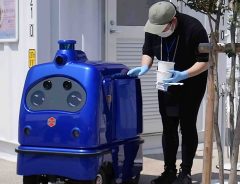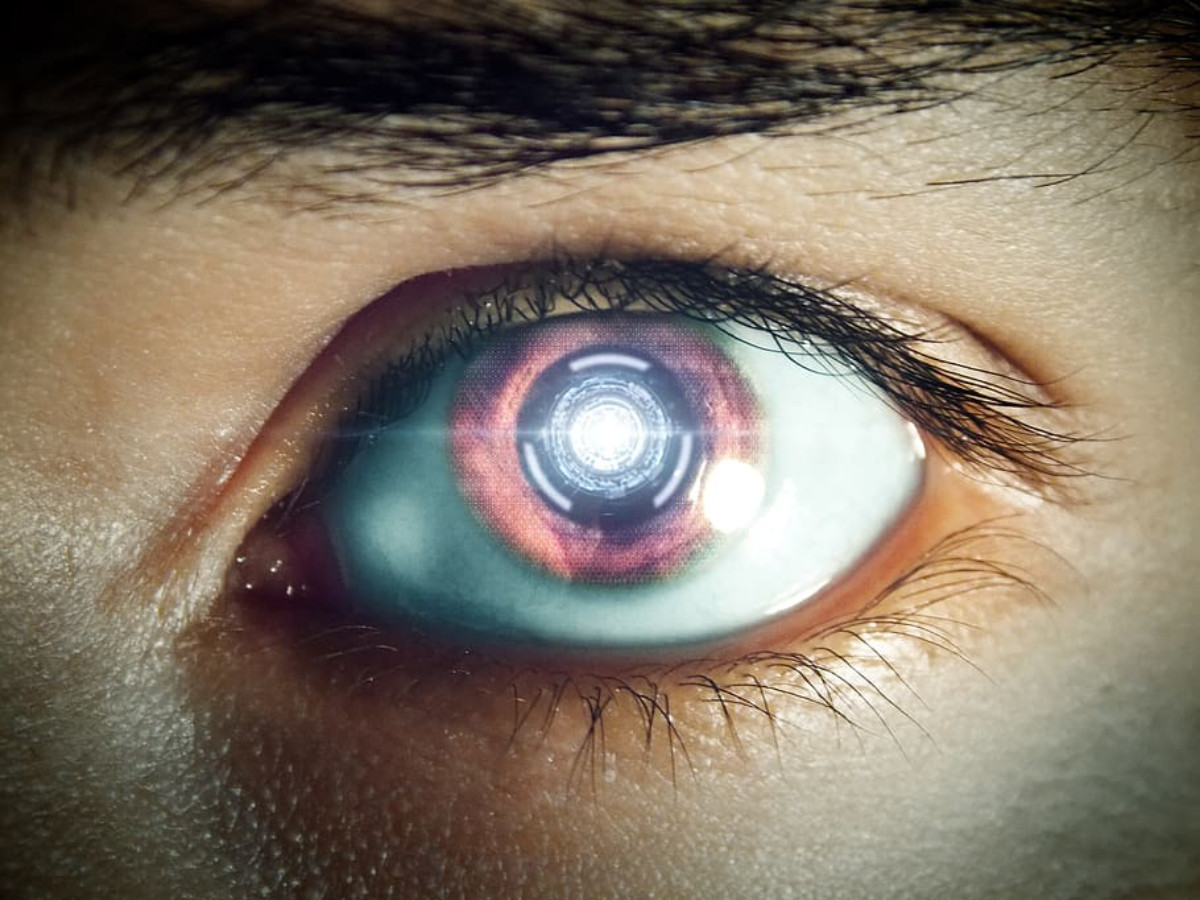- Tags:
- automation / Lawson / Mos Burger / Robotics
Related Article
-

An AI Candidate Is Running For Mayor In Tokyo, Promising Impartial Politics
-

Why Japanese Convenience Stores Won’t Give Out Plastic Knives
-

Japan’s hit fruit sandwiches get a matcha twist with green tea breaded strawberry flavor
-

Japan’s popular karaage-kun fried chicken officially certified as space food
-

Expecting an Order in Japan? A Delivery Robot Will Come Knocking on Your Door
-

Custard-Filled Lounging Rilakkuma Cakes Are An Adorable and Affordable Snack



In the Western world, the economic effects of automation are a growing concern. American political candidates like Andrew Yang are warning that the world economy is entering the 4th industrial revolution. Technological advancements are contributing to job losses and wage stagnation as the number of poor-quality jobs increases. The discontent of the disaffected, some argue, underpins the misguided populism behind the Trump presidency and Brexit [1].
In their campaigns, American politicians are progressively calling for drastic solutions such as a universal basic income, in the case of Andrew Yang, and increased welfare benefits. Without these programs, supporters claim, only a handful of humans will remain comfortably employed as economic displacement worsens.
RoboNation
The situation in Japan, however, seems quite different. As the nation’s fertility rate continues to drop, the workforce is increasingly elderly. Prime Minister Abe and other officials can often be seen lamenting the consequences of an ongoing labor drought. Some industries are struggling to fill positions, causing business leaders to believe robots will become an economic necessity soon [2].
The traditional system of lifetime employment remains mostly intact in Japan. As an employee's skills become outdated, the worker is retained by their company to perform other tasks [3]. As a result, some automatable services like clerical work are still mostly a human endeavor and, for the most part, employment remains secure.
Consequently, there is significantly less negative sentiment in Japan surrounding automation than in the West. Quite the contrary, the Japanese public is mainly receptive to the presence of robots in industry as well as their everyday lives [4, 5, 6].
Anyone doubting this need look at the numerous innovations in the sector. Robots are entering the mainstream as store clerks and companionship devices. Manufacturing plants are automating more and more processes, while retail stores and other public businesses are employing humanoid members in volume.
The Fourth Industrial Revolution and Society 5.0
Ushering in “Society 5.0” in a 2017 speech, Prime Minister Abe called for an embrace of technologies like robotics and AI. “We are now witnessing the opening of the fifth chapter [of human society], when we are able to find solutions to problems we had been unable to solve. This age in which all things are connected and all technologies fuse is the advent of ‘Society 5.0’,” Abe explained [7].
The Japanese government, under Abe’s direction, is bidding to develop the robotics market. Reforms were introduced in 2014, and a 2018 government economic report further underlined the importance of investing in cutting-edge technologies [8, 9]. The administration is also vying to create a mass-production system it hopes to share with the world [10, 11].
With an eye on decreasing labor participation, The Ministry of Economy, Trade, and Industry (METI) is cooperating with Lawson and several other convenience store chains. Together, they are developing sophisticated self-checkout registers. With a 2025 roll-out planned, the registers can tabulate the price of every item in a basket simultaneously. Currently, the ministry is assisting manufacturers in lowering the cost of specialized chips upon which the technology depends [12].
Updating Brands
Several brands are responding to the labor drought by introducing automation in their stores. Accessible to customers, many are installing self-checkout kiosks. Fast food chain Mos Burger began trialing the machines in December [18]. Clothing retailer GU, and Lawson, as well as numerous convenience store franchises, have also announced similar plans [19, 20].
For convenience store chains, the timing may be paramount. Recently METI called for the retailers to implement flexible hours as an alternative to labor-draining round-the-clock operations [21].
Other companies have integrated robots further into their business models. Robot hotels have been fully staffed by automatons, and cafes have been run by the Pepper humanoid. The WIRED cafe also creatively employed robot OriHime-D to help assist employees with disabilities in their duties.
Labor Pains
Japan has more jobs than it can fill, approximately one and a half jobs for every applicant. As the economy shows signs of picking up, companies are hiring more women and retirees—historically workforce holdouts—to cover the shortfall. Naturally, the unemployment rate is falling as the scarcity of labor reaches a 40-year high [13].
While these figures imply an increase in consumer spending as well as robust employment opportunities, they likewise suggest a precarious future. Japan is one of the grayest societies in the world. Nearly a quarter of the population is over 65. Under the current trend, that number will continue to grow.
Already, the country’s lopsided demographics are beginning to have real consequences [14]. In particular, service industries are struggling to maintain full payrolls. According to business owners, the pool of laborers seeking part-time employment is rapidly shrinking [15].
To cope, many enterprises are raising prices and discontinuing services. Others are delaying expansion plans, further signaling a market slowdown. Meanwhile, particularly hard-hit sectors like trucking and elderly care are seeing more and more companies go under. According to Tokyo Shoko Research, in 2018, labor shortages resulted in 362 bankruptcy filings [16].
Business leaders and governmental officials, understandably shaken, are considering numerous solutions. As Japan undergoes its third-largest expansion ever, solving the employment problem is crucial for the sustainable growth of the economy [17].
Nevertheless, further integration of automated technologies will be necessary in the near- to mid-term. Fortunately for Japan, an anime-driven cultural love of robots will likely help smooth this transition. If governmental and corporate policies can guarantee comfortable living standards for graying citizens, there seems to be little in the way of Society 5.0. And Japan’s high-tech mantle will also be preserved.